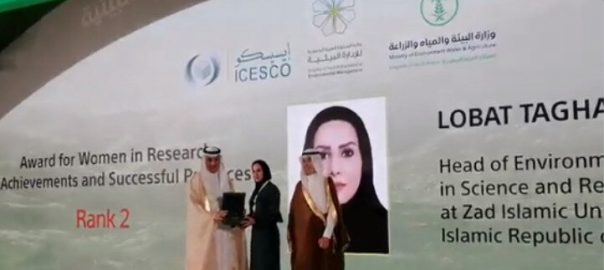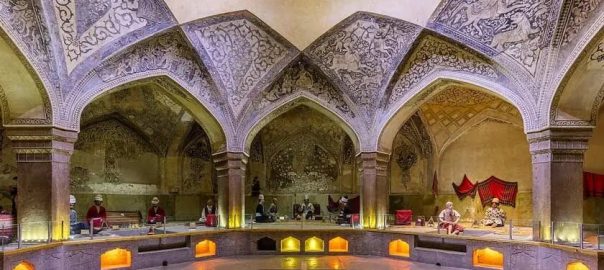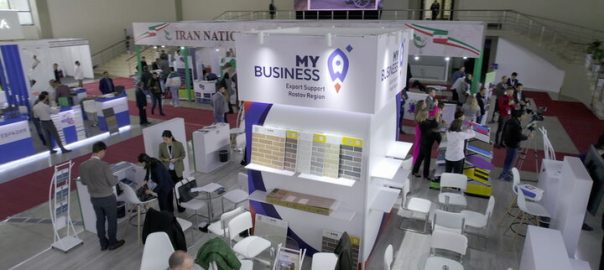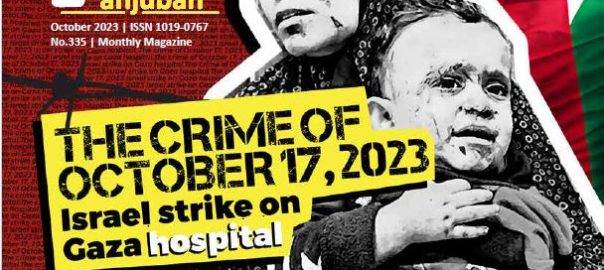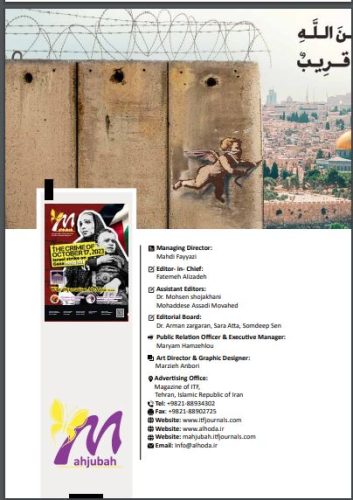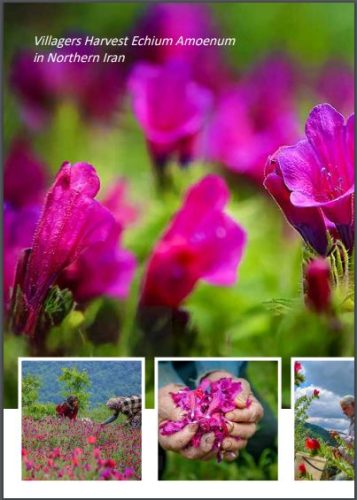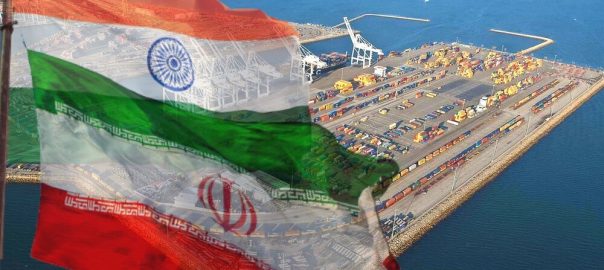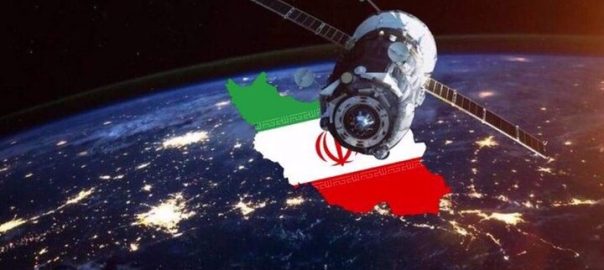Lobat Taghavi, an Iranian female scientist, won the second prize in the Research, Achievements, and Successful Practices section of the Kingdom of Saudi Arabia Award for Environmental Management in the Islamic World (KSAAEM).
In the ‘Women’s Award for Research, Achievements and Successful Practices,’ the first place was won by Dr. Hanan Al-Mahashir from Saudi Arabia, and the second place was won by Dr. Lobat Taghavi from Iran.
The 9th Conference of Environment Ministers in the Islamic World, held by the Islamic World Educational, Scientific and Cultural Organization (ICESCO), and hosted by the Kingdom of Saudi Arabia, witnessed the awards ceremony of the third session of the Kingdom of Saudi Arabia Award for Environmental Management in the Islamic World, in which 22 winners from 18 countries received KSAAEM prizes.
The Award is destined to encourage and stimulate interest in joint environmental action in the Islamic world and openness to global experiences in the protection of the environment from an Islamic perspective, while working towards preserving its resources and addressing sustainable development issues in general, through recognizing the merits of the efforts of individuals and institutions concerned with the management of natural resources for the benefit of present and future generations alike.
As for the ‘Women’s Award in Public Benefit Associations and NGOs,’ the first place was won by Dr. Wahiba Thuray Essedik from Libya, and the second place was won by Dr. Sharifa Abdul Carim Macarand from the Philippines.
This branch relates to women’s work and activities in protecting the environment and managing the environmental sector in its various forms, whether in scientific research, civil society in environmental education and fieldwork for NGOs, or in private or government sector institutions.
This branch aims to encourage women’s performance in environmental action and disseminate successful practices in institutions, associations, and personal experiences, especially in rural and agricultural communities.
This branch allocates to women three awards in the basic areas of environmental management, namely the Award for Women in Research, Achievements, and Successful Practices; The Women’s Award in Public Benefit Associations and NGOs; and the Women’s Leadership Award in private or government sector institutions. /T.T/

